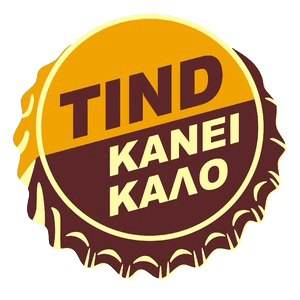Screen printing is more than a craft, it’s a way of life, a discipline rooted in humility, intention, and the relentless pursuit of excellence. Each print carries the weight of thousands of years of human creativity, from the first hand-stenciled marks blown onto cave walls to the work we do today. These ancient gestures, born of necessity and expression, echo through time, reminding us that to create is to leave a piece of ourselves behind a mark of our shared humanity.
We see screen printing as a ritual, one that demands patience, gratitude, and an unwavering respect for the process. Every pull of the squeegee is an opportunity to refine not just the print but ourselves. It’s about showing up, setting aside ego, and engaging with the work fully, letting the rhythm of the craft teach us something new.
To approach screen printing is to embrace the unknown, to let go of what we think we know and dive into each project with the open curiosity of a child. But curiosity alone isn’t enough. Mastery lies in the tension between honoring tradition and daring to innovate, stretching the limits of the medium while remaining grounded in its fundamentals.
This practice is a quiet dialogue with history, a celebration of the shared human spirit that has always sought to create, to explore, and to strive for better. Each print is a reflection of this ethos, a reminder that true excellence is not a destination but a lifelong pursuit.
At Tind Atelier, our love for silkscreen is woven into every fiber of our work. It’s not just about the ink or the material, it’s about the connection between past and present, craft and maker, intention and outcome. In this timeless art form, we find purpose, expression, and a continual push toward new creative horizons.

